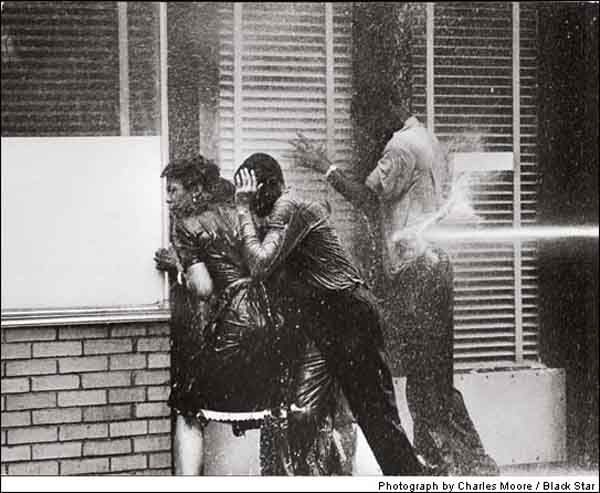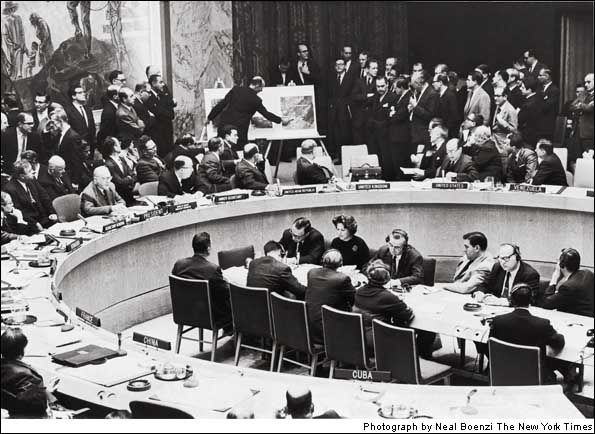
Birmingham 1963
For years, Birmingham, Ala., was considered “the South’s toughest city,” home to a large black population and a dominant class of whites that met in frequent, open hostility. Birmingham in 1963 had become the cause célèbre of the black civil rights movement as nonviolent demonstrators led by Rev. Martin Luther King Jr. repeatedly faced jail, dogs and high-velocity hoses in their tireless quest to topple segregation. This picture of people being pummeled by a liquid battering ram rallied support for the plight of the blacks.

The Crimean War 1855
A British solicitor with an artistic bent, Roger Fenton took up the paintbrush and then, after seeing photography on display at the Great Exhibition in Hyde Park in 1851, the camera. Fenton shot landscapes and portraits, and pictures of Queen Victoria’s children at Windsor Castle in 1854. The next year, he was assigned by a print dealer to cover the Crimean War, being waged by England and France against Russia. Thus the war became the first conflict with any substantial photographic record. Battling cholera and broken ribs, lugging his developing lab on a horse-drawn carriage, Fenton produced 350 images. They are stately and sedate for war photography, since neither the queen nor Fenton’s sponsors wanted to see carnage or any evidence of a war that was progressing badly.

Cuban Missile Crisis 1962
On October 22, 1962, after accusing the U.S.S.R. of installing nuclear missiles on Cuba, President John F. Kennedy ordered a blockade of the island. When the Soviet ambassador to the U.N. refused to deny the charge, U.S. ambassador Adlai Stevenson confronted him with these photos of missile sites taken by the high-flying spy plane, the U-2, and the Soviets were compelled to back down. The presentation of seemingly incontrovertible evidence would become known as an “Adlai Stevenson moment.” Robert F. Kennedy later admitted that he and his brother found the grainy images quite baffling, and banked on the interpretation proffered by the CIA: “I, for one, had to take their word for it.”

Cuban Missile Crisis 1962
This photograph. taken on November 10, 1962 (from less than 500 ft. altitude at a speed of 713 mph). Clearly shown are Soviet-built SA-2 surface-to-air missiles (SAMs) in place at launch sites. It is claimed that this was President Kennedy's favorite photo of the installations, and was mounted in the oval office. He used this photo to demonstrate the nature of the threat that the offensive weapons provided. The pattern of dots surrounding the sites are claimed to be camouflage nets..

Tidak ada komentar:
Posting Komentar